Home>Dining>Table Decor>How To Make Floral Arrangements Last Longer
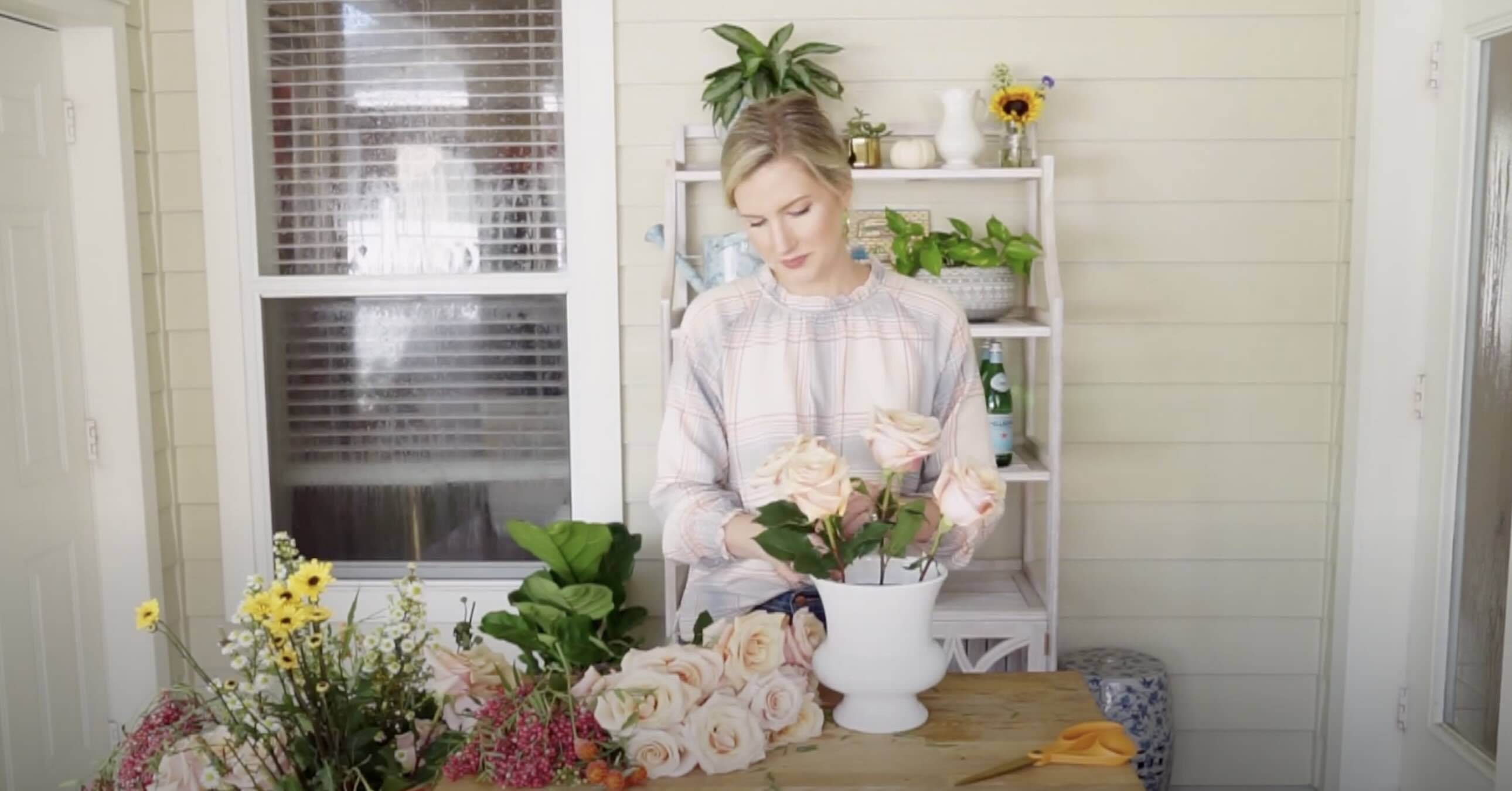

Table Decor
How To Make Floral Arrangements Last Longer
Modified: January 9, 2024
Learn how to make your floral arrangements last longer with these expert tips for table decor. Keep your flowers fresh and vibrant for any occasion.
(Many of the links in this article redirect to a specific reviewed product. Your purchase of these products through affiliate links helps to generate commission for Storables.com, at no extra cost. Learn more)
Introduction
Floral arrangements are not only beautiful decorations, but they also serve as a way to express emotions, celebrate special occasions, and bring natural elements into our indoor spaces. Whether it’s a bouquet of roses for a loved one or a centerpiece for a dinner party, we all want our floral arrangements to stay fresh and vibrant for as long as possible.
However, it can be disheartening to see our carefully arranged flowers wilt and fade after just a few days. The good news is, there are several steps you can take to prolong the lifespan of your floral arrangements and keep them looking their best for as long as possible.
In this guide, we will explore the importance of making floral arrangements last longer and provide you with valuable tips and techniques to extend their longevity. By understanding the biology of flowers and implementing proper care techniques, you can enjoy your beautiful arrangements for days, and sometimes even weeks, after you first bring them home.
So, whether you are a seasoned floral enthusiast or simply want to make your next bouquet last a little bit longer, let’s dive into the world of floral care and discover the secrets to keeping your arrangements fresh and beautiful.
Key Takeaways:
- Extend the lifespan of your floral arrangements by choosing the right flowers, properly preparing the stems, and using clean and suitable containers. Provide adequate water, avoid direct sunlight and heat, and maintain regular care for long-lasting beauty.
- Prolong the beauty of your floral arrangements by understanding the needs of different flowers, providing the right environment, and adding floral preservatives. With proper care, enjoy vibrant and fresh arrangements for an extended period.
Read more: How To Make Contemporary Floral Arrangements
Importance of Making Floral Arrangements Last Longer
When we invest our time, money, and creativity in creating beautiful floral arrangements, it is only natural to want them to last as long as possible. There are several reasons why prolonging the lifespan of your floral arrangements is important:
- Cost Efficiency: Purchasing fresh flowers can be expensive, especially if you opt for rare or exotic blooms. By extending the life of your floral arrangements, you can get the most out of your investment and enjoy their beauty for an extended period of time.
- Aesthetics: Fresh flowers can instantly brighten up any space and add a touch of elegance and beauty. By making your floral arrangements last longer, you can maintain the aesthetic appeal of your environment, whether it’s your home, office, or event venue.
- Sentimental Value: Flowers are often given as gifts for special occasions or to express feelings of love, gratitude, or sympathy. By ensuring that these floral gifts last longer, you can prolong the sentiment and thoughtfulness behind the gesture.
- Mood Enhancement: Numerous studies have shown that flowers have a positive impact on our mood and mental well-being. By keeping your floral arrangements fresh and vibrant, you can continue to enjoy the therapeutic benefits they offer, creating a more positive and uplifting environment.
- Symbolism: Different flowers hold symbolic meanings and are often chosen to convey specific messages. When these flowers start to wilt prematurely, it can dampen the intended message or significance. Prolonging the life of your floral arrangements ensures that the symbolic meaning remains intact.
By recognizing the importance of making floral arrangements last longer, you can take the necessary steps to ensure their longevity. Whether it’s a small bouquet of wildflowers or an elaborate centerpiece, the effort put into caring for your floral arrangements will be well worth it when you can enjoy their beauty for an extended period of time.
Understanding the Lifespan of Different Flowers
Each type of flower has its own unique lifespan, and understanding the natural lifecycle of different blooms is essential when it comes to extending their longevity. While some flowers naturally last longer than others, proper care and attention can help maximize their lifespan. Here are a few examples of common flowers and their typical lifespans:
- Roses: Roses are known for their classic beauty and longevity. With proper care, roses can last anywhere from 5 to 10 days. The lifespan of roses can be influenced by factors such as variety, freshness, and the care they receive.
- Tulips: Tulips are popular spring flowers that typically have a lifespan of around 5 to 7 days. They are known for their vibrant colors and graceful appearance. With proper care, tulips can maintain their beauty throughout their lifespan.
- Lilies: Lilies are elegant and fragrant flowers that can last up to 10 days or even longer. However, it is important to remove the stamens to prevent staining and extend their lifespan. Changing the water regularly and keeping them away from direct sunlight can also help prolong their beauty.
- Carnations: Carnations are hardy flowers that can last up to 2 weeks with proper care. They come in a variety of colors and are known for their ruffled petals.
- Sunflowers: Sunflowers have a relatively short lifespan, usually lasting around 5 to 7 days. They are known for their large, vibrant blooms and are often associated with summertime and happiness.
It’s important to note that these are general guidelines, and the lifespan of flowers can vary depending on factors such as quality, freshness, environmental conditions, and the care they receive. By understanding the typical lifespan of different flowers, you can better gauge when they might start to fade and take appropriate measures to prolong their beauty.
Now that we have a basic understanding of the lifespans of different flowers, let’s explore some practical tips and techniques to extend the longevity of your floral arrangements.
Tips for Extending the Longevity of Floral Arrangements
Proper care and attention are essential for prolonging the life of your floral arrangements. By following these simple tips, you can help your flowers stay fresh and vibrant for an extended period of time:
- Choosing the Right Flowers: Selecting fresh and healthy flowers is the first step in ensuring longevity. Look for blooms with tight buds and vibrant colors. Avoid flowers that have wilted or discolored petals, as they may not last as long.
- Properly Preparing the Stems: Before arranging your flowers, trim the stems at an angle to create a fresh surface for water absorption. Remove any leaves that will be submerged in water, as this can promote bacterial growth.
- Using Clean and Suitable Containers: Choose clean containers that are large enough to hold the stems without crowding. Use a vase or container that is appropriate for the length of the stems and the size of the arrangement. Clean the container thoroughly to remove any bacteria or residue.
- Providing Adequate Water and Hydration: Fill the container with clean, lukewarm water to the appropriate level. Check the water level daily and add more as needed. Flowers need hydration to stay fresh, so be sure to replenish the water regularly.
- Adding Floral Preservatives: Floral preservatives can help nourish the flowers and prolong their lifespan. These packets, usually provided with store-bought bouquets, contain a mix of nutrients and antimicrobial agents. Follow the instructions on the packet and add the preservative to the water.
- Placing Arrangements in the Right Environment: Keep your floral arrangements in a cool area away from direct sunlight, drafts, and heating or cooling vents. Temperature extremes can cause flowers to wilt more quickly. A moderate and stable temperature will help extend their freshness.
- Avoiding Direct Sunlight and Heat: Direct sunlight can speed up the wilting process and cause the flowers to fade. Keep the arrangement away from windows or any other sources of strong heat or direct sunlight. Indirect or diffused light is ideal for maintaining the colors and freshness of your flowers.
- Regularly Maintaining and Caring for the Flowers: Check your arrangement daily and remove any wilting flowers or leaves. Recut the stems every few days to enhance water absorption. Replace the water and floral preservatives every two to three days to prevent bacterial growth.
By following these tips, you can help your floral arrangements stay fresh and beautiful for a longer period of time. Set your table with these vibrant blooms and remember that each flower has its own unique characteristics, so it’s essential to consider their individual needs when providing care. With proper attention and care, you can enjoy the beauty of your floral arrangements for much longer.
Now that you know the basics of extending the life of your floral arrangements, you can apply these tips to make sure your next bouquet stays fresh and vibrant throughout its lifespan.
Choosing the Right Flowers
When it comes to extending the longevity of your floral arrangements, choosing the right flowers is crucial. Here are some tips to help you select flowers that will last longer:
- Freshness is Key: Look for flowers with tight buds and vibrant colors. Avoid blooms that have wilted or discolored petals, as they are likely to have a shorter lifespan. It’s best to choose flowers that are just starting to open, as they will continue to bloom over time.
- Know Your Flowers: Different flowers have different lifespans. Roses, for example, are known for their longevity and can last up to 10 days or more with proper care. On the other hand, some delicate blooms like peonies or sweet peas have a shorter lifespan of around 3-5 days. Consider the occasion and how long you want the arrangement to last when selecting flowers.
- Consider the Environment: Think about where the floral arrangement will be displayed. If it will be placed in a warm room, choose flowers that are more resilient to heat. If the arrangement will be exposed to direct sunlight, opt for flowers that are less sensitive to fading. Understanding the environmental conditions will help you select flowers that can withstand them better.
- Mix Long-lasting and Short-lived Blooms: Create a diverse arrangement by combining flowers with varying lifespans. Pair long-lasting flowers like orchids or carnations with more delicate blooms like lilies or iris. This way, even if some flowers start to wilt, the others will continue to bloom and maintain the overall appeal of the arrangement.
- Consider Seasonal Flowers: Seasonal flowers are usually fresher and have a longer lifespan. They are also more readily available and may be less expensive compared to out-of-season blooms. Choosing flowers that are in season ensures that you get the freshest and most durable options for your arrangements.
- Consult with a Florist: If you are unsure about which flowers to choose, don’t hesitate to seek advice from a professional florist. They have extensive knowledge and experience with different flower varieties and can guide you in selecting the best options for your desired lifespan and aesthetic preferences.
By taking the time to select the right flowers for your floral arrangements, you are setting a solid foundation for their overall longevity. Fresh and resilient blooms will not only last longer but also maintain their beauty and vibrancy throughout their lifespan. So, keep these tips in mind when you are choosing flowers for your next arrangement, and enjoy their lasting charm.
Read more: How To Make Pumpkin Floral Arrangements
Properly Preparing the Stems
Properly preparing the stems of your flowers is crucial for their longevity. Here are some steps to follow to ensure your floral arrangements stay fresh and vibrant:
- Trim the Stems: When you bring your flowers home, it’s important to trim the stems at an angle. Use sharp scissors or pruning shears to make a clean cut. Cutting at an angle creates a larger surface area for water absorption, allowing your flowers to stay hydrated.
- Remove Lower Foliage: Remove any leaves that will be submerged in water. These leaves can decompose and promote the growth of bacteria, shortening the lifespan of your flowers. The general rule of thumb is to remove any foliage that will be below the waterline of your chosen container.
- Clear Away Thorns: If you’re working with thorny stems, use gloves or a towel to protect your hands. Carefully remove any thorns along the stem that will be below the waterline. This will not only make handling the flowers easier but also prevent any punctures in the container or damage to neighboring blooms.
- Use Clean Tools and Containers: Before placing your flowers in a vase or container, make sure it is clean and free from any dirt or bacteria. Wash it with warm soapy water and rinse thoroughly. Use a clean pair of scissors or shears to trim the stems, as dirty tools can introduce bacteria that can shorten the lifespan of your flowers.
- Make a Fresh Cut: Before placing the flowers in water, make a fresh cut on the bottom of each stem. This will remove any air bubbles or blockages that may have formed during transport or storage. It’s best to make the cut underwater or immediately after running the stems under water to prevent air from entering the stem and impeding water uptake.
- Submerge Woody Stems: If you are working with flowers that have woody stems, such as hydrangeas or lilacs, consider submerging the entire stem in a basin of water for a few minutes. Woody stems can be more resistant to water absorption, and soaking them allows them to hydrate fully before being placed in the arrangement.
By properly preparing the stems of your flowers, you are setting them up for success in terms of water absorption and nutrient uptake. This will help keep them fresh and vibrant for a longer period.
Remember, each flower has its own specific care needs, so it’s important to do a little research or consult with a florist to ensure you are properly preparing the stems for each type of flower in your arrangement. Taking the extra time and care in this step will pay off in the long run, as your flowers will thrive in their new environment and stay beautiful for an extended period.
Using Clean and Suitable Containers
Choosing the right container for your floral arrangements and ensuring it is clean is essential to maintain the freshness and longevity of your flowers. Here are some tips for using clean and suitable containers:
- Select the Right Size: Choose a container that is appropriate for the size of your floral arrangement. It should provide enough space for the stems to be properly distributed without overcrowding. This allows for better water flow and reduces the risk of any bruising or damage to the flowers.
- Clean Thoroughly: Before using a container, make sure it is clean and free from any dirt, residue, or bacteria. Wash the container with warm water and a mild soap, then rinse it thoroughly. Pay special attention to the corners and crevices where bacteria can hide.
- Avoid Metal Containers: Metal containers, such as copper or iron, can release minerals into the water, which can be harmful to the flowers. It’s best to opt for glass, ceramic, or food-grade plastic containers that are non-reactive and won’t affect the quality of the water or the longevity of the flowers.
- Consider Clear or Opaque: Clear containers allow you to monitor the water level and the cleanliness of the container more easily. However, if the water tends to get cloudy or if there are stems and foliage that may not be aesthetically pleasing, you may prefer to use opaque containers. These containers can hide any imperfections while still providing the necessary support for the arrangement.
- Choose a Suitable Shape: Consider the shape of the container in relation to the type of arrangement you want to create. Tall and cylindrical containers work well for vertical arrangements, while wider bowls or low dishes are ideal for more horizontal or cascading designs. The shape of the container can complement and enhance the overall aesthetic of the floral arrangement.
- Change Water Regularly: Even with a clean container, bacteria can still form over time. To prevent this, change the water every two to three days and thoroughly clean the container before refilling it. This helps maintain the freshness of the flowers and prevents the buildup of microorganisms that can shorten their lifespan.
By using clean and suitable containers, you provide a healthy environment for your floral arrangements to thrive. Cleanliness is essential to prevent the growth of bacteria and ensure the continued hydration and vitality of your flowers.
Remember, the type of container you choose should not only be functional but also complement the overall aesthetic of your arrangement. By carefully selecting and maintaining your containers, you can enhance the beauty and longevity of your floral creations.
Change the water every 2-3 days and trim the stems at an angle to help the flowers last longer.
Providing Adequate Water and Hydration
Water is essential for the longevity of your floral arrangements. Providing adequate hydration is crucial to keep the flowers fresh and vibrant for as long as possible. Here are some tips to ensure your flowers receive the right amount of water:
- Fill the Container: Fill the container with clean, lukewarm water to the appropriate level. The water should cover at least half of the stem length but not submerge any foliage. Avoid using cold water straight from the tap, as it can shock the flowers.
- Monitoring Water Levels: Check the water level daily and replenish it as needed. Flowers consume water, especially in warm environments, so it’s important to ensure they are always hydrated. Add water to maintain the desired water level and prevent the stems from drying out.
- Change the Water Regularly: Every two to three days, completely change the water in the container. This helps eliminate any bacteria or microorganisms that may have formed and ensures fresh hydration for the flowers.
- Trim the Stems Regularly: Every few days, recut the stems at an angle before placing them back in the water. This allows for better water absorption, as the fresh cut exposes a new surface area for hydration. Trim off any slimy or discolored parts of the stem as well.
- Use Clean Water: Make sure the water you use is clean and free from any impurities. If possible, use filtered or purified water to avoid the presence of chlorine or mineral deposits, which can negatively affect the lifespan of the flowers. Additionally, removing any excess foliage that falls below the waterline can help prevent bacterial growth.
- Hydrate Overnight: If you receive flowers that have been out of water for an extended period, or if the stems appear wilted, submerge the whole arrangement in a basin of cool water for a few hours or overnight. This will help rehydrate the flowers before arranging them, improving their overall longevity.
Proper hydration is essential for keeping your flowers fresh and extending their lifespan. By providing adequate water and following these tips, you can ensure your floral arrangements thrive in a hydrated environment.
Remember to keep a close eye on the water levels, change the water regularly, and trim the stems to promote optimal hydration. With these simple steps, you can help your flowers stay vibrant and beautiful for an extended period, allowing you to enjoy their natural charm for as long as possible.
Adding Floral Preservatives
Floral preservatives are products specifically designed to prolong the lifespan of cut flowers. They contain a combination of nutrients, bactericides, and pH regulators that help keep the water clean, provide essential nutrients to the flowers, and inhibit the growth of harmful bacteria. Here are some tips for using floral preservatives effectively:
- Follow the Instructions: When using floral preservatives, be sure to carefully read and follow the instructions provided. Different brands may have slightly different formulations and recommended dosage, so it’s important to use the correct amount for optimal effectiveness.
- Mix with Clean Water: Dissolve the floral preservative powder or liquid in clean, lukewarm water according to the instructions. Use a clean container to mix the preservative and water, ensuring that it is thoroughly mixed before adding your flowers.
- Use the Right Amount: It’s important not to use more floral preservative than necessary. Adding too much can be counterproductive and may harm the flowers. Follow the recommended dosage provided by the manufacturer for the best results.
- Change Water and Preservatives: Floral preservatives are most effective when used in fresh water. Therefore, when changing the water for your floral arrangements every two to three days, make sure to also add fresh preservative to the clean water. This helps maintain a healthy environment for the flowers and extends their longevity.
- Buy Commercial Preservatives: While there are several homemade remedies or alternative substances that claim to act as floral preservatives, it’s best to use commercially available products. These have been specifically formulated and tested to provide the necessary nutrients and antimicrobial properties required for optimal flower health and longevity.
- Consider Preservative Alternatives: If you don’t have access to floral preservatives or prefer not to use them, there are some natural alternatives you can try. Adding a small amount of lemon-lime soda, apple cider vinegar, or a few drops of bleach to the water can help inhibit bacterial growth and provide some nutrients to the flowers. However, these alternatives are not as effective as commercial floral preservatives.
Adding floral preservatives to your water can significantly enhance the lifespan of your floral arrangements. They help keep the water clean, provide necessary nutrients, and inhibit the growth of harmful bacteria that can shorten the lifespan of your flowers.
By following the instructions, using the recommended amount, and replenishing the preservative with each water change, you can ensure your flowers receive the maximum benefits from these products. Floral preservatives are a valuable tool in prolonging the beauty of your arrangements and ensuring that your flowers stay fresh and vibrant for a longer period of time.
Read more: How To Make Memorial Floral Arrangements
Placing Arrangements in the Right Environment
The environment in which you place your floral arrangements plays a significant role in their longevity. By providing the right conditions, you can help your flowers stay fresh and vibrant for an extended period. Here are some tips for placing your arrangements in the right environment:
- Choose a Cool Location: Flowers generally thrive in cooler temperatures, so it’s best to place your arrangements in a cool spot in your home or event venue. Avoid placing them near sources of heat, such as radiators, heaters, or direct sunlight, as excessive warmth can cause wilting and accelerate the aging process.
- Avoid Drafts: Drafts or strong air currents can cause the flowers to dehydrate more quickly. Place your arrangements away from open windows, doors, or areas with high levels of air circulation. This will help maintain a more consistent environment and prevent the flowers from drying out prematurely.
- Control Humidity: While it’s important to keep the air in the room well-ventilated, excessively dry environments can cause flowers to wilt. Consider using a humidifier or misting the air around the arrangements to keep the humidity levels stable. This will help prevent the flowers from drying out and maintain their freshness.
- Consider Ethylene-Sensitive Flowers: Some flowers, such as roses, carnations, and lilies, are sensitive to ethylene gas, which is produced by fruits, vegetables, and certain household appliances. To prolong the lifespan of these flowers, keep them away from ripening fruits, vegetables, and areas where ethylene-emitting appliances are present (such as stoves or refrigerators).
- Avoid Excessive Vibrations: Vibrations from nearby machinery or frequent movement can cause damage to delicate blooms. Choose a stable location for your arrangement where it won’t be subject to excessive shaking or jostling.
- Maintain a Consistent Environment: Fluctuations in temperature and humidity can stress and dehydrate the flowers. Aim to keep the environment where your arrangement is placed as consistent as possible, avoiding drastic changes in temperature or humidity.
By placing your floral arrangements in the right environment, you are helping to create an optimal setting for their longevity. Cool temperatures, stable humidity levels, and protection from drafts and ethylene gas can significantly extend the lifespan of your flowers.
Remember to regularly assess the environment and make adjustments if necessary. By providing a suitable environment, you can enjoy the beauty of your floral arrangements for much longer and fully appreciate their natural charm.
Avoiding Direct Sunlight and Heat
Direct sunlight and excessive heat can significantly impact the lifespan of your floral arrangements. By keeping them away from these factors, you can help preserve the freshness and beauty of your flowers for a longer period. Here are some tips for avoiding direct sunlight and heat:
- Find a Shaded Spot: Choose a location for your floral arrangements that is away from direct sunlight. Direct sunlight can cause flowers to wilt, fade, and age more quickly. Instead, opt for a shaded spot indoors or a well-covered area outdoors.
- Avoid Heat Sources: Keep your arrangements away from any sources of heat, such as radiators, fireplaces, or heating vents. Excessive heat can dehydrate the flowers and accelerate their aging process, causing them to wilt and fade prematurely.
- Consider Cooler Rooms: If possible, place your floral arrangements in cooler rooms or areas of your home. Cooler temperatures help slow down the natural deterioration of flowers, allowing them to stay fresh and vibrant for a longer period.
- Shield from Direct Sunlight: If you have no choice but to place your arrangements in an area with some sunlight, consider using sheer curtains or shades to filter the direct sunlight. This will help protect the flowers from the intensity of the sunlight and prevent them from overheating.
- Avoid Outdoor Exposure: If your arrangements are situated outdoors, choose a location that provides ample shade and protection from direct sunlight. Consider placing them under a covered patio, under a shade sail, or in a gazebo to shield them from prolonged exposure to the sun and heat.
- Rotate Arrangements: If you have multiple floral arrangements, periodically rotate their positions to ensure all flowers receive equal exposure to light. This helps prevent uneven fading and ensures that no single arrangement bears the brunt of direct sunlight or heat.
By avoiding direct sunlight and heat, you can significantly extend the lifespan of your floral arrangements. These factors can speed up the natural aging process of flowers, causing them to wither and lose their vibrancy more quickly.
Remember to regularly assess the location of your arrangements and make adjustments as needed. By providing a shaded and cool environment, you can help your flowers stay fresh and beautiful for an extended period, allowing you to enjoy their natural splendor.
Regularly Maintaining and Caring for the Flowers
Regular maintenance and proper care are essential for keeping your floral arrangements fresh and extending their lifespan. By providing ongoing attention and addressing the needs of your flowers, you can ensure they stay vibrant and beautiful for as long as possible. Here are some tips for regular maintenance and care:
- Monitor Water Levels: Check the water level in your floral arrangements daily and replenish it as needed. Flowers consume water, especially in warmer environments, so ensuring they have an adequate water supply is crucial for their hydration and overall health.
- Remove Wilting Flowers: Regularly inspect your arrangement and remove any flowers or foliage that are starting to wilt or become discolored. These decaying flowers release ethylene gas, which can speed up the wilting process of neighboring flowers. Removing them promptly helps maintain the freshness of the remaining blooms.
- Trim Stems: Every few days, trim the stems of your flowers to promote optimal water absorption. Cut about half an inch off the bottom of the stem at an angle and remove any damaged or slimy parts. This fresh cut allows the flowers to continue taking in water and nutrients, extending their lifespan.
- Change the Water: Every two to three days, change the water in your floral arrangements completely. This helps remove any bacteria or microorganisms that may have accumulated, ensuring a cleaner, healthier environment for the flowers. Rinse the container thoroughly and refill it with fresh, lukewarm water.
- Replenish Floral Preservatives: When changing the water, be sure to add fresh floral preservatives as well. Floral preservatives provide essential nutrients and help inhibit bacterial growth, helping to prolong the life of your flowers. Follow the instructions on the preservative packet and use the recommended dosage.
- Adjust Arrangement: As some flowers wilt or fade over time, adjust your arrangement to maintain a pleasing aesthetic. Gently rearrange the remaining flowers, ensuring they are evenly distributed and well-supported. This helps create a more balanced and visually appealing arrangement.
- Keep the Environment Clean: Remove any fallen petals or leaves from the water and clean the container regularly to prevent the growth of bacteria. A clean environment is crucial for the overall health and longevity of your flowers.
- Handle with Care: When handling your floral arrangements, be gentle to avoid damaging the delicate blooms. Handle them by the stems rather than the petals, as excessive pressure can cause bruising or wilting. Treat your flowers with care to ensure they stay fresh and intact.
By regularly maintaining and caring for your flowers, you can maximize their freshness and prolong their lifespan. These simple steps, such as monitoring water levels, removing wilting flowers, and maintaining a clean environment, make a significant difference in the overall health and beauty of your floral arrangements.
Remember to give your arrangements proper attention and address any issues promptly. By taking the time to care for your flowers, you can enjoy their vibrant colors, enchanting scents, and natural beauty for an extended period, adding a touch of joy and elegance to your space.
Conclusion
Creating and enjoying floral arrangements is a wonderful way to add beauty, elegance, and a touch of nature to our indoor spaces. By understanding the factors that contribute to the longevity of these arrangements and implementing proper care techniques, we can extend their lifespan and continue to admire their beauty for as long as possible.
In this guide, we have explored various aspects of making floral arrangements last longer. From choosing the right flowers and properly preparing the stems, to using clean and suitable containers, providing adequate water and hydration, adding floral preservatives, placing arrangements in the right environment, and avoiding direct sunlight and heat, each step plays a crucial role in maintaining the freshness and vibrancy of our floral creations.
By following these tips and incorporating them into our floral care routine, we can enhance the longevity of our arrangements. This not only helps us get the most out of our floral investments but also allows us to fully appreciate the sentiments and beauty they convey.
Remember, each type of flower has its own unique lifespan, and proper care techniques may vary. By understanding the needs and characteristics of different flowers, we can tailor our approach to ensure the best care possible.
So, the next time you bring home a stunning bouquet or create your own floral arrangement, take the time to implement these tips. Keep your flowers hydrated, in the right environment, and provide the care they deserve. With a little love and attention, your floral arrangements will continue to radiate their natural beauty and bring joy and serenity to your surroundings.
Now, armed with the knowledge and tools to make floral arrangements last longer, go forth and create stunning displays that will stay fresh and vibrant, sharing their natural charm for days and weeks to come.
Frequently Asked Questions about How To Make Floral Arrangements Last Longer
Was this page helpful?
At Storables.com, we guarantee accurate and reliable information. Our content, validated by Expert Board Contributors, is crafted following stringent Editorial Policies. We're committed to providing you with well-researched, expert-backed insights for all your informational needs.
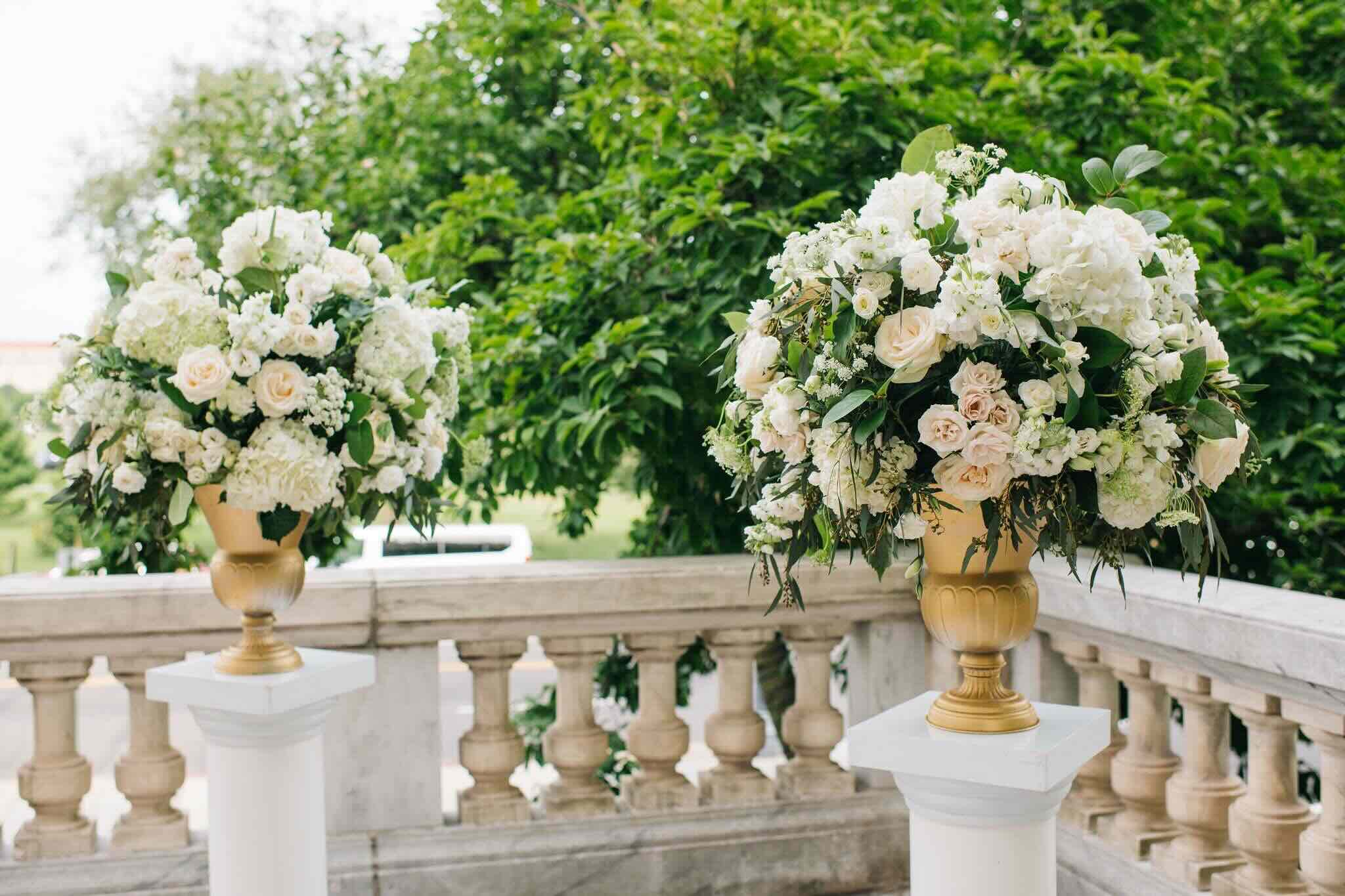
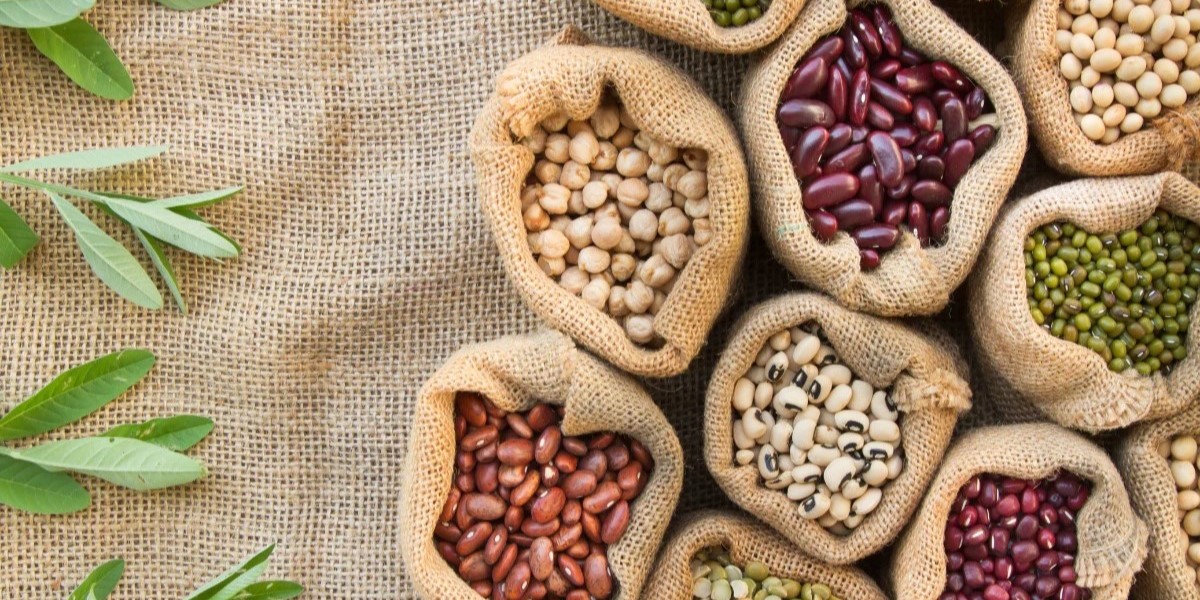
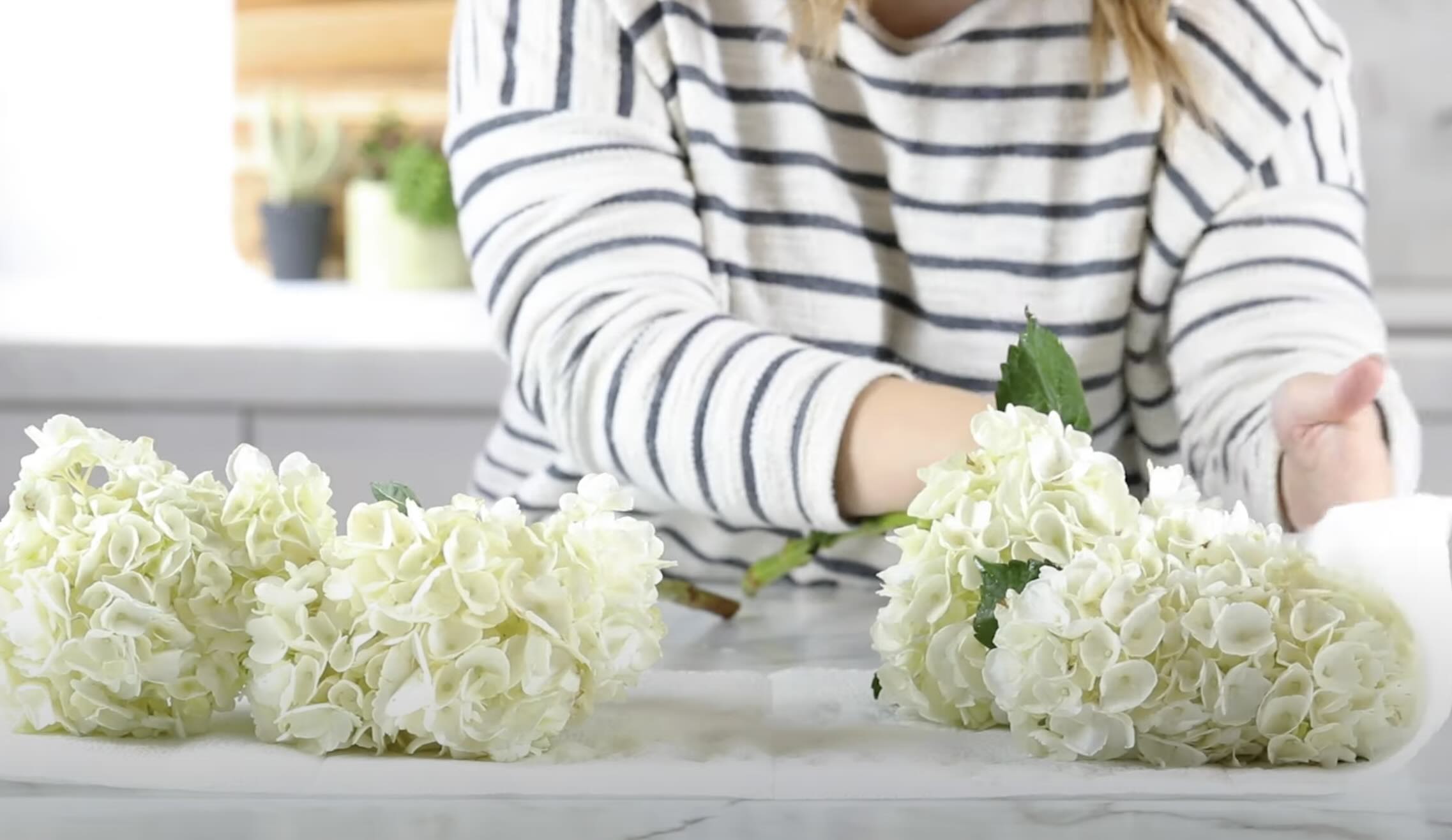
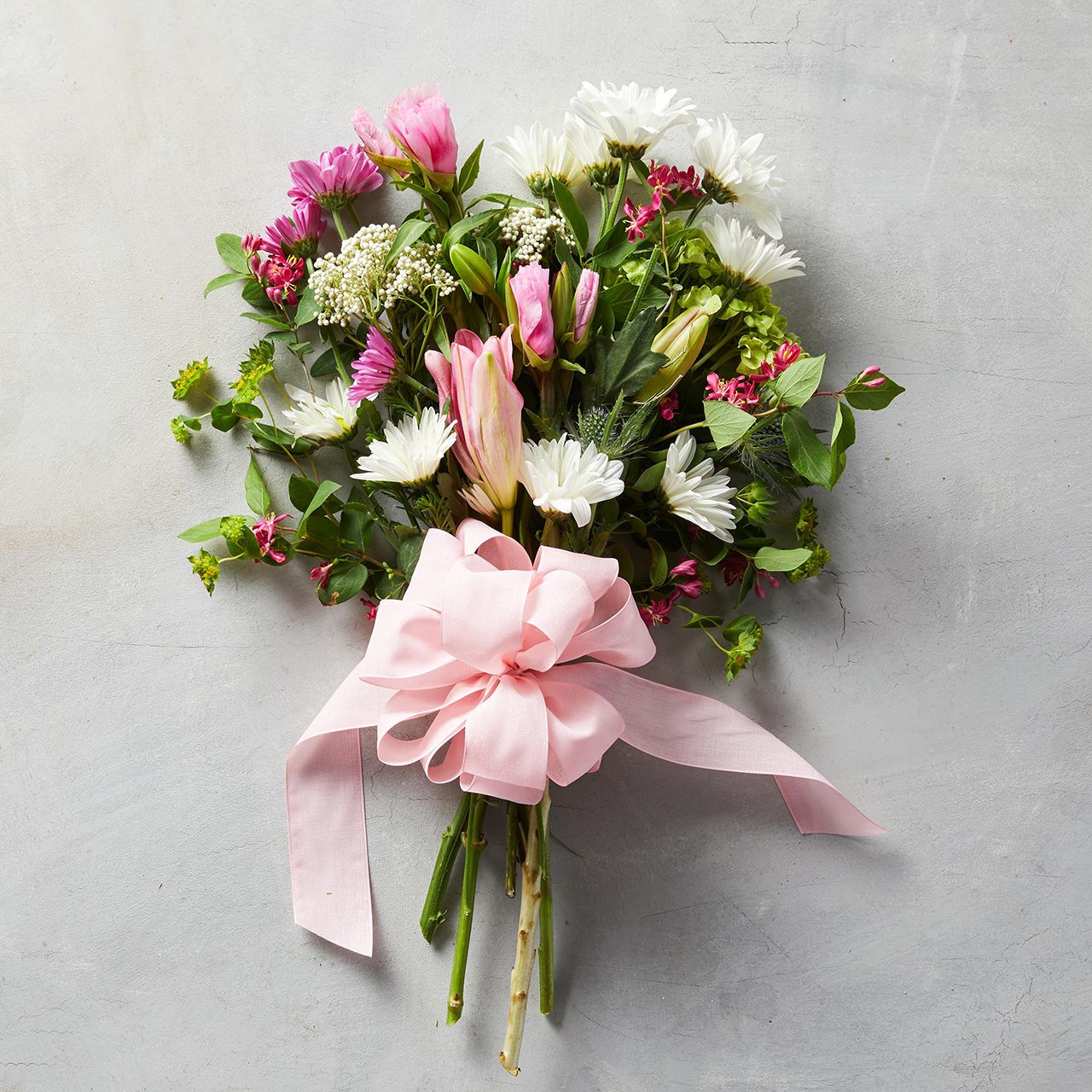
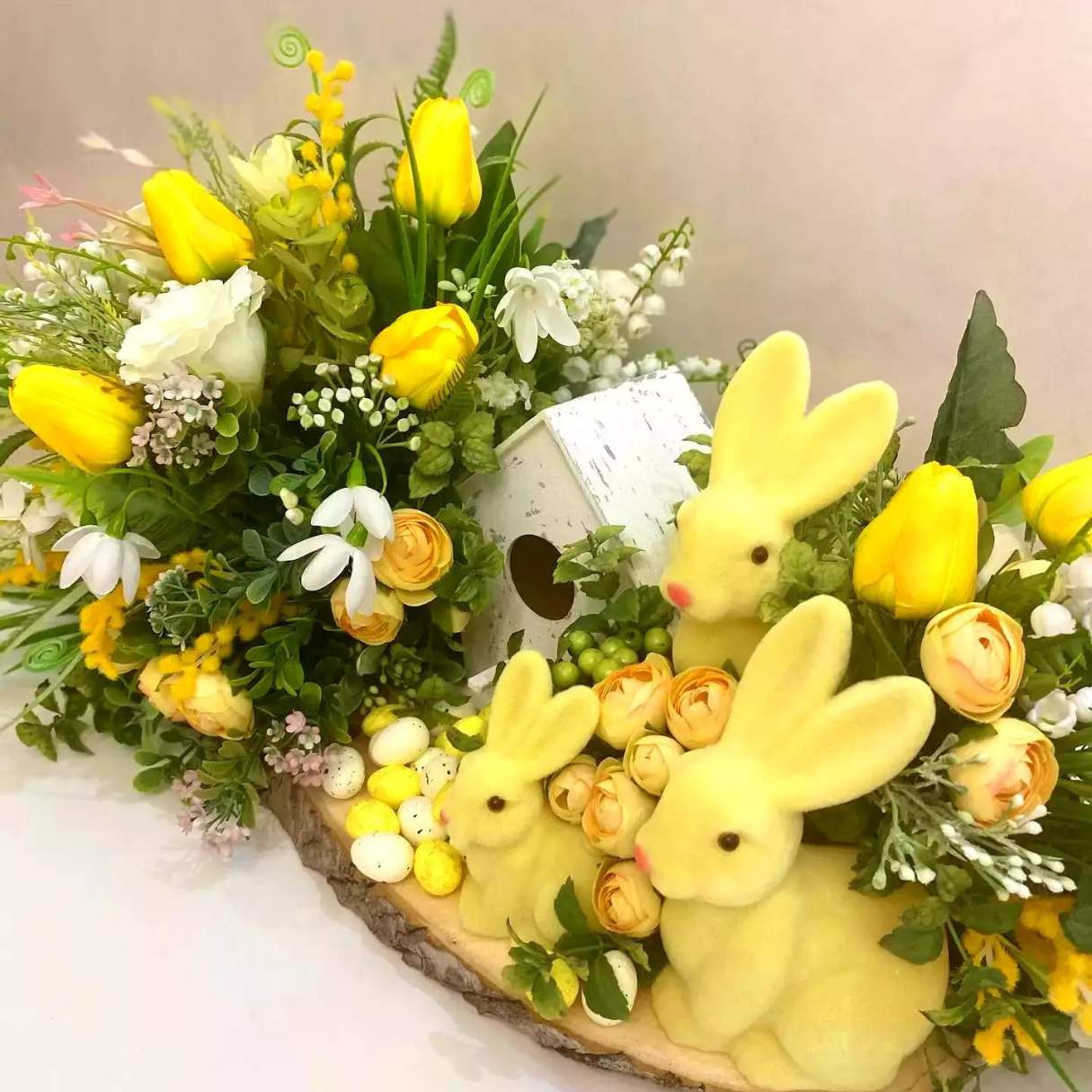
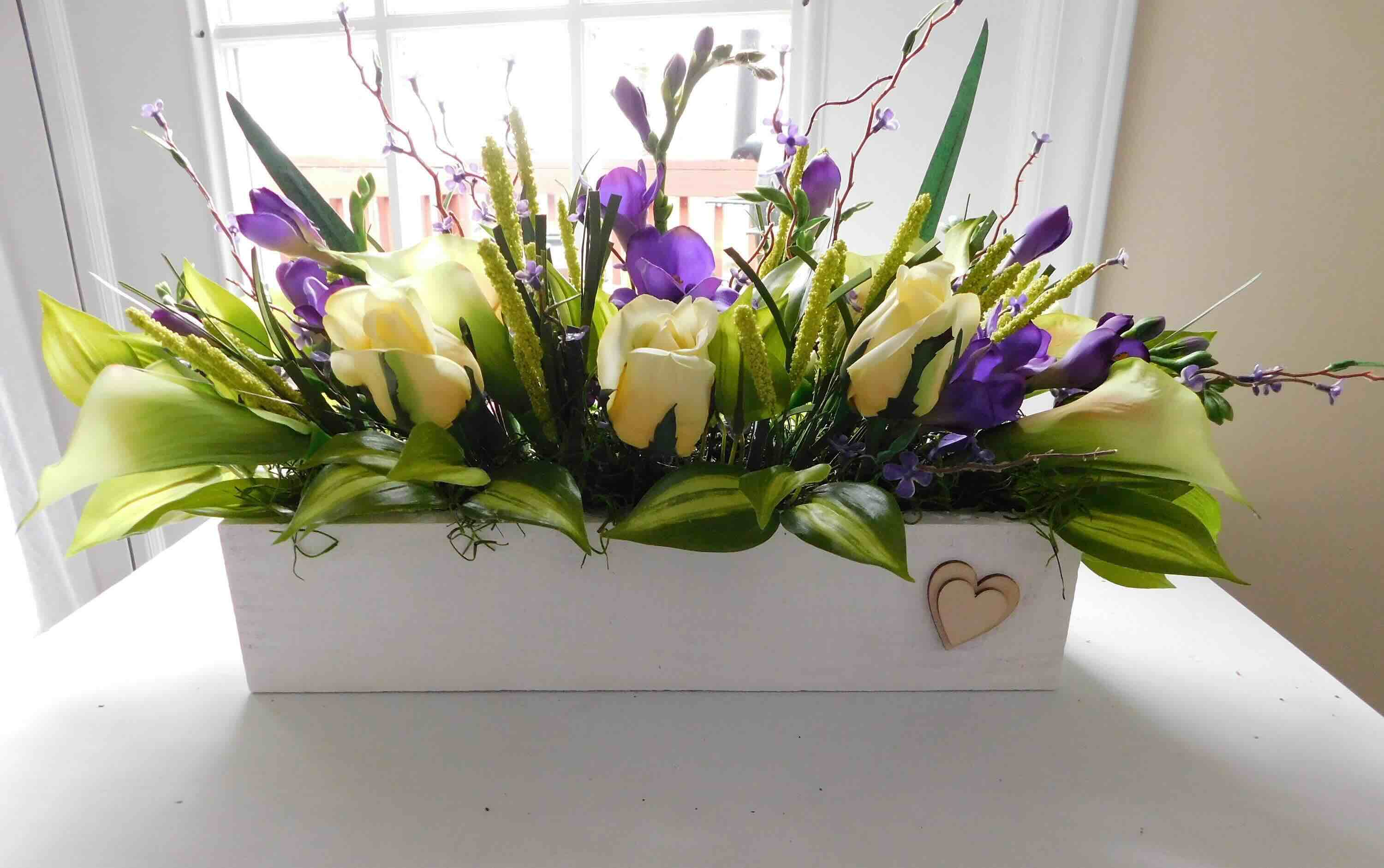
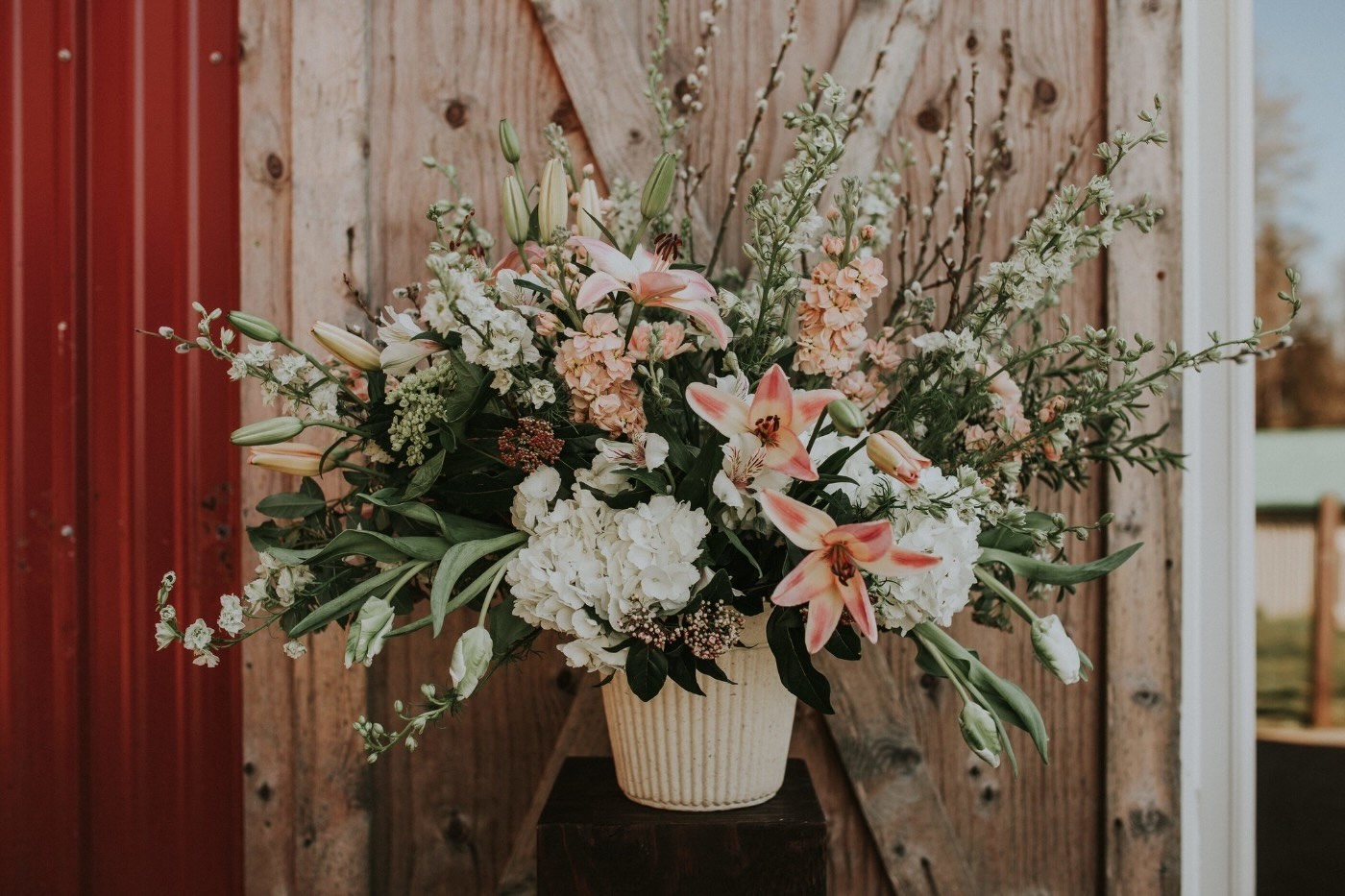
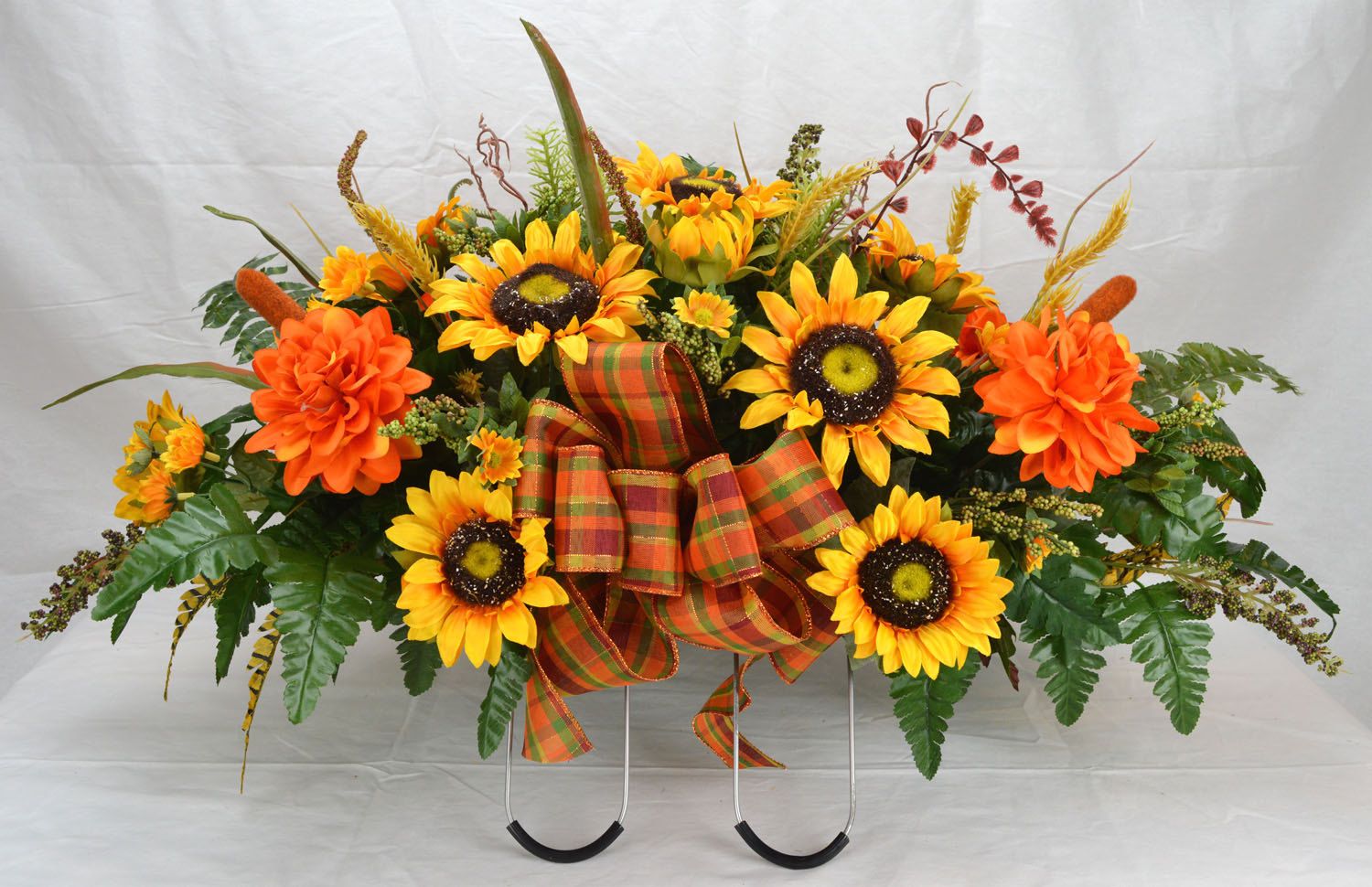
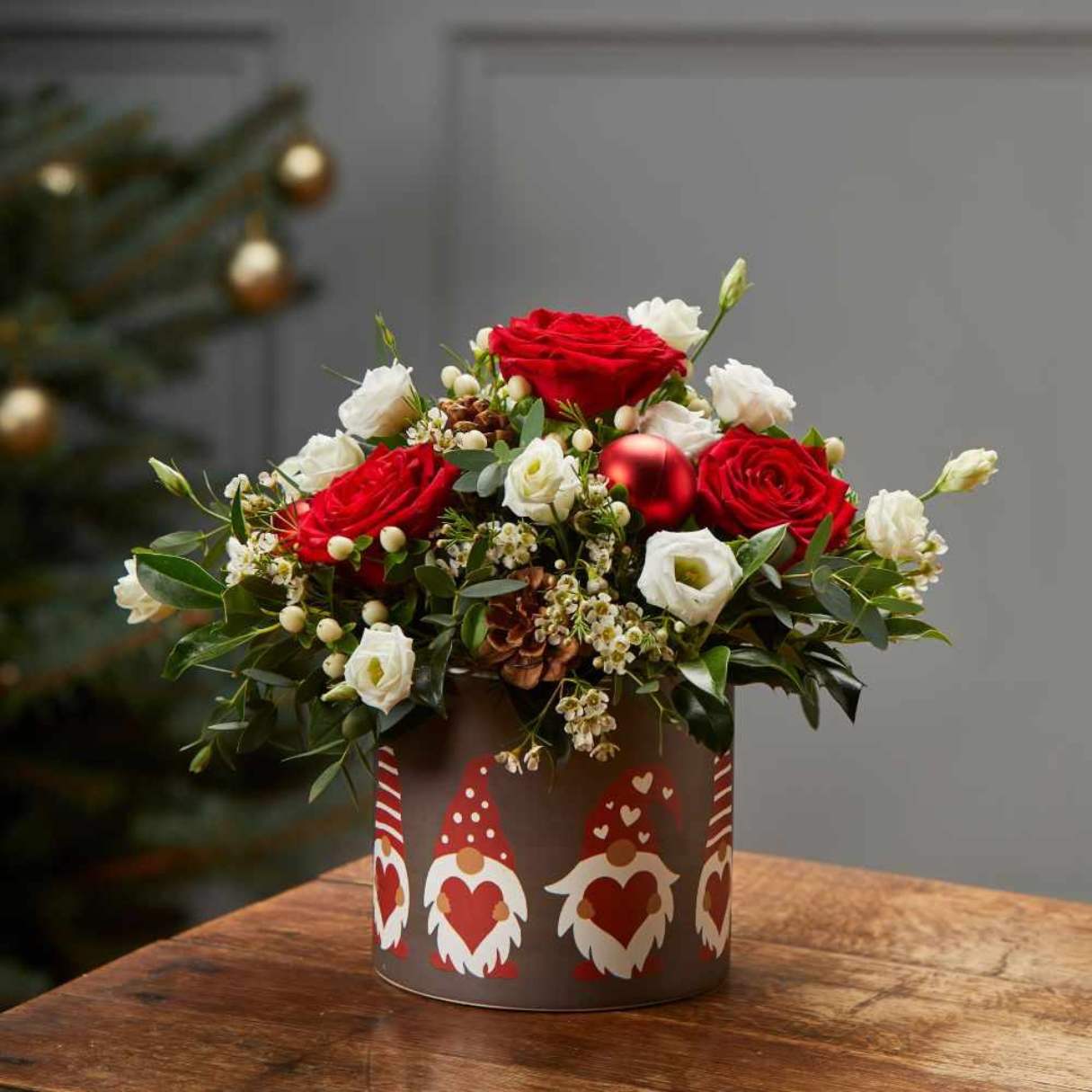
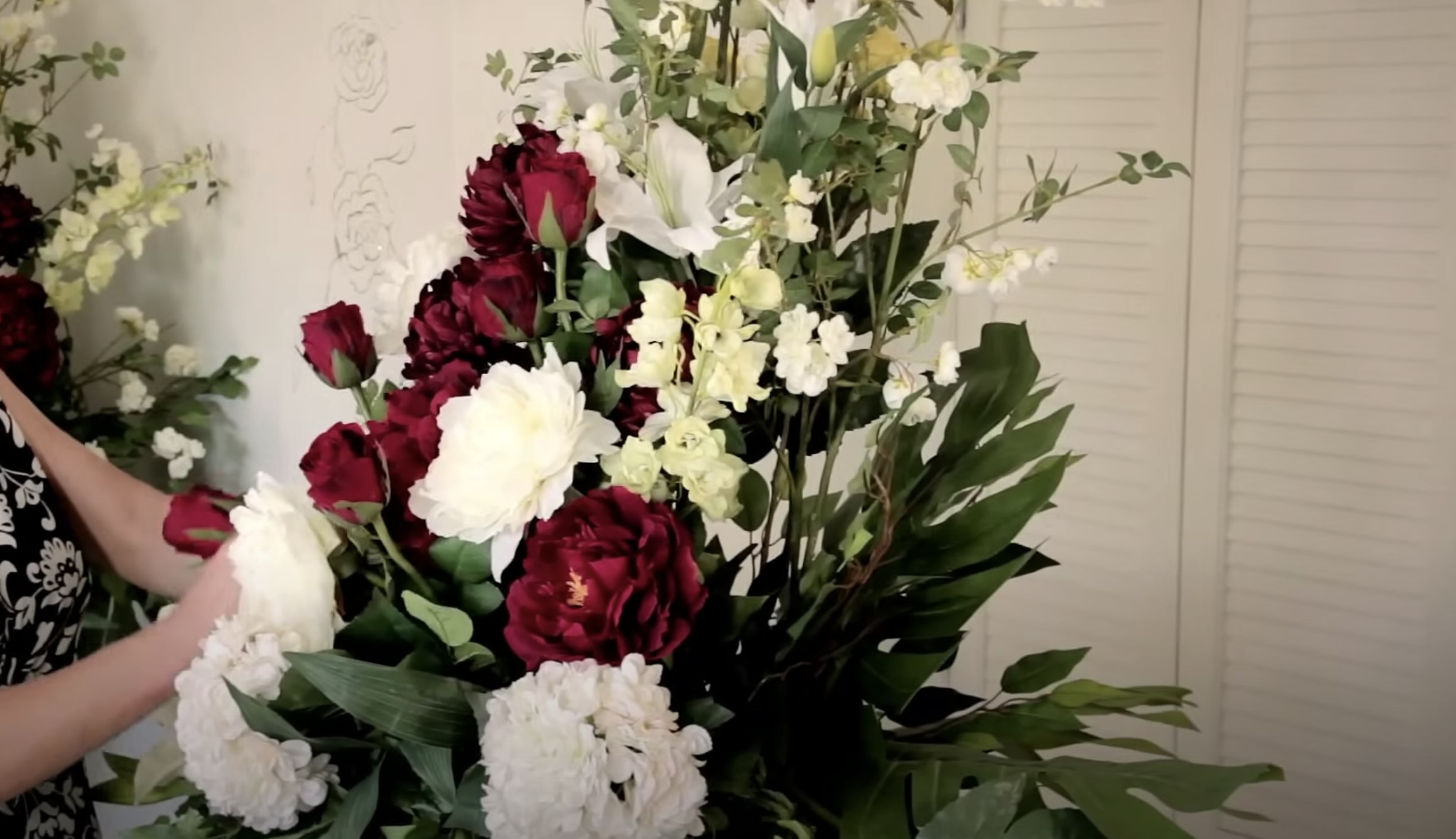
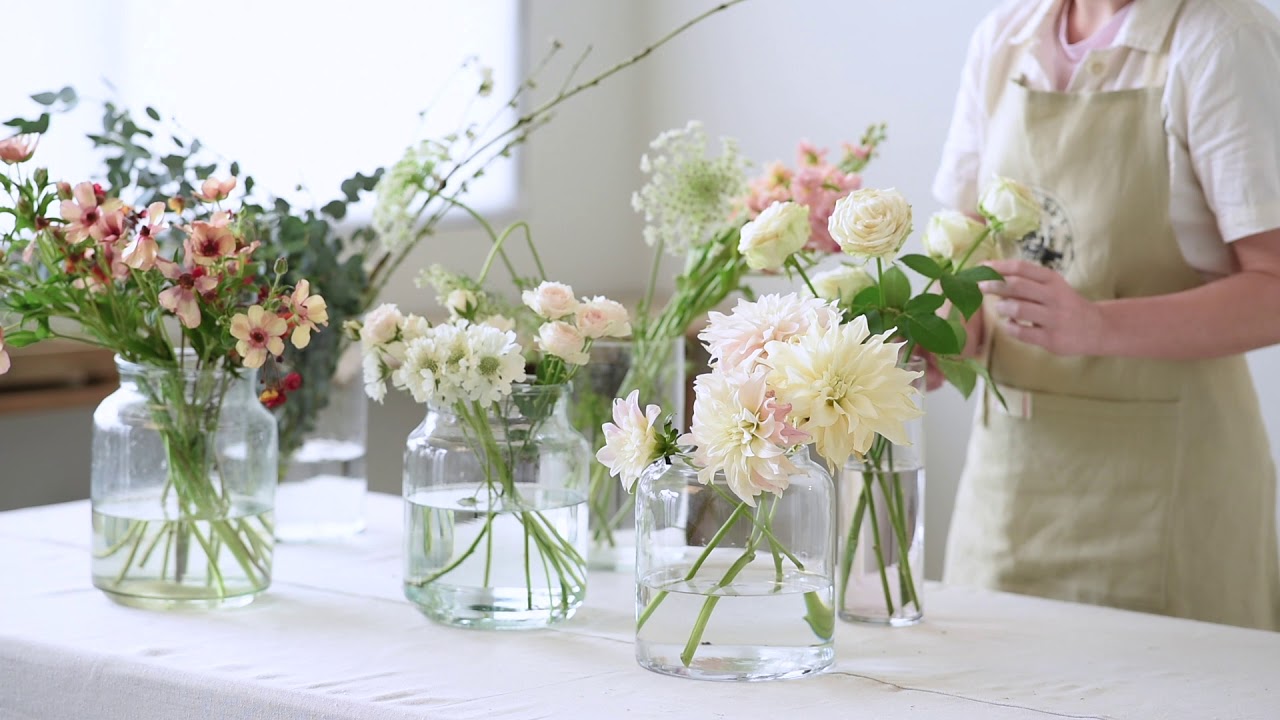
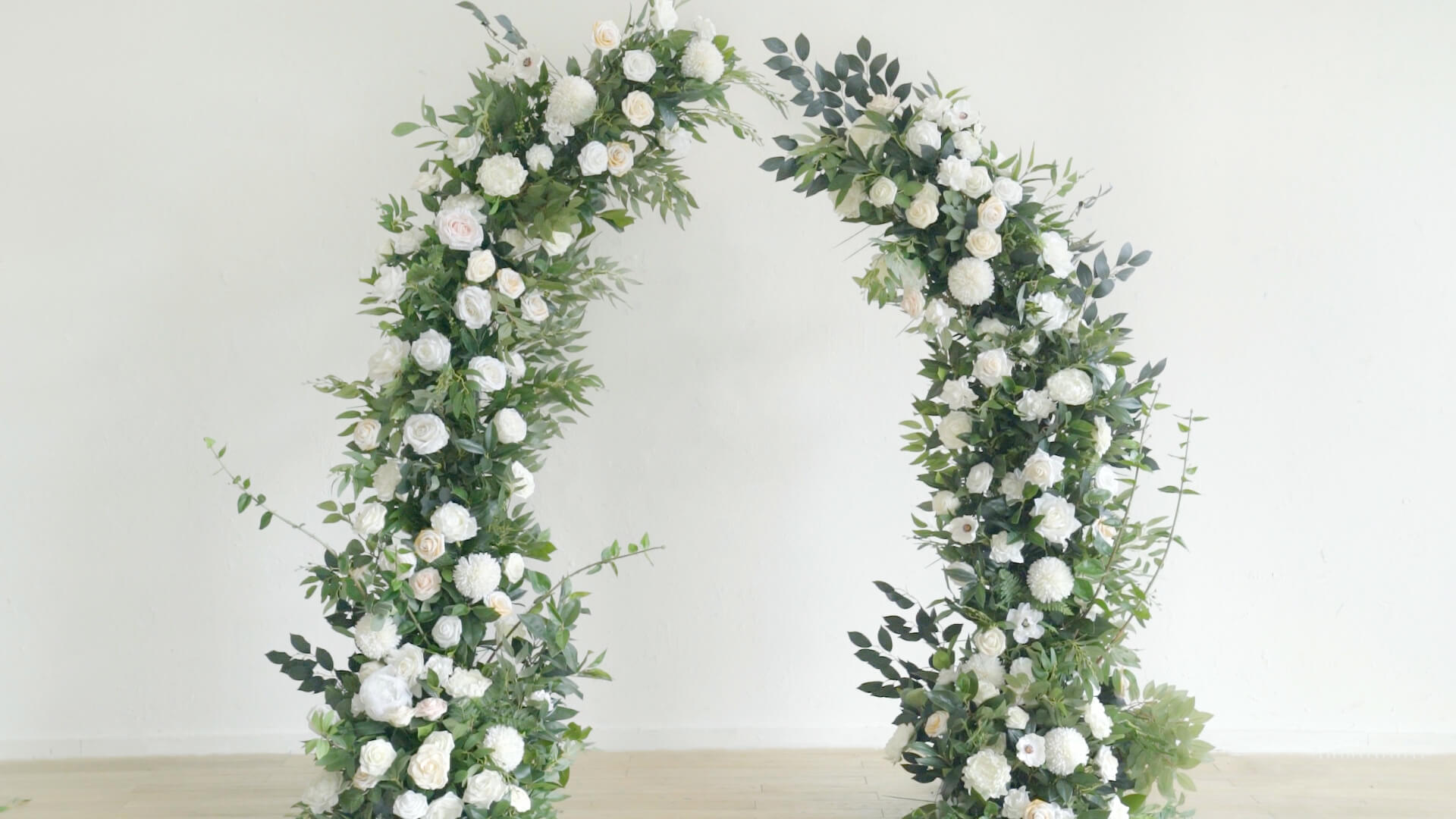
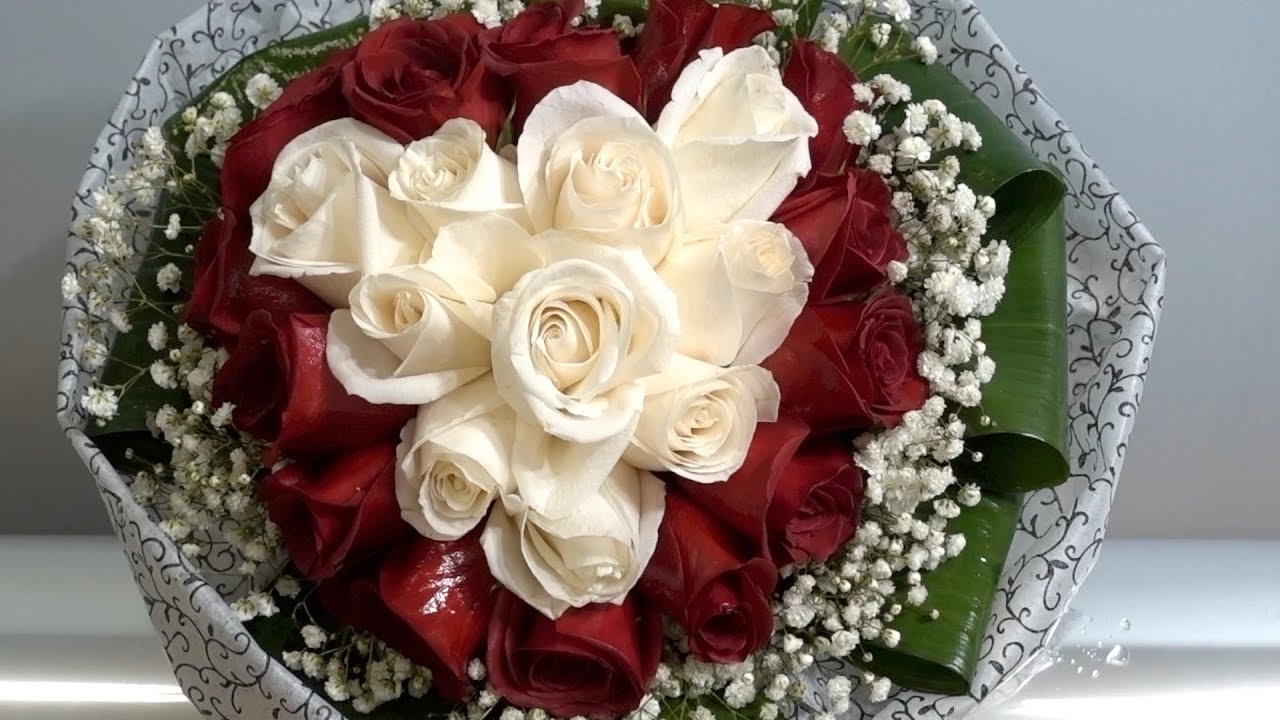

0 thoughts on “How To Make Floral Arrangements Last Longer”